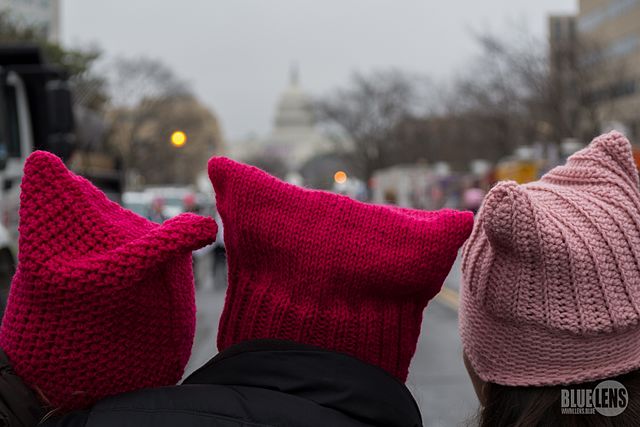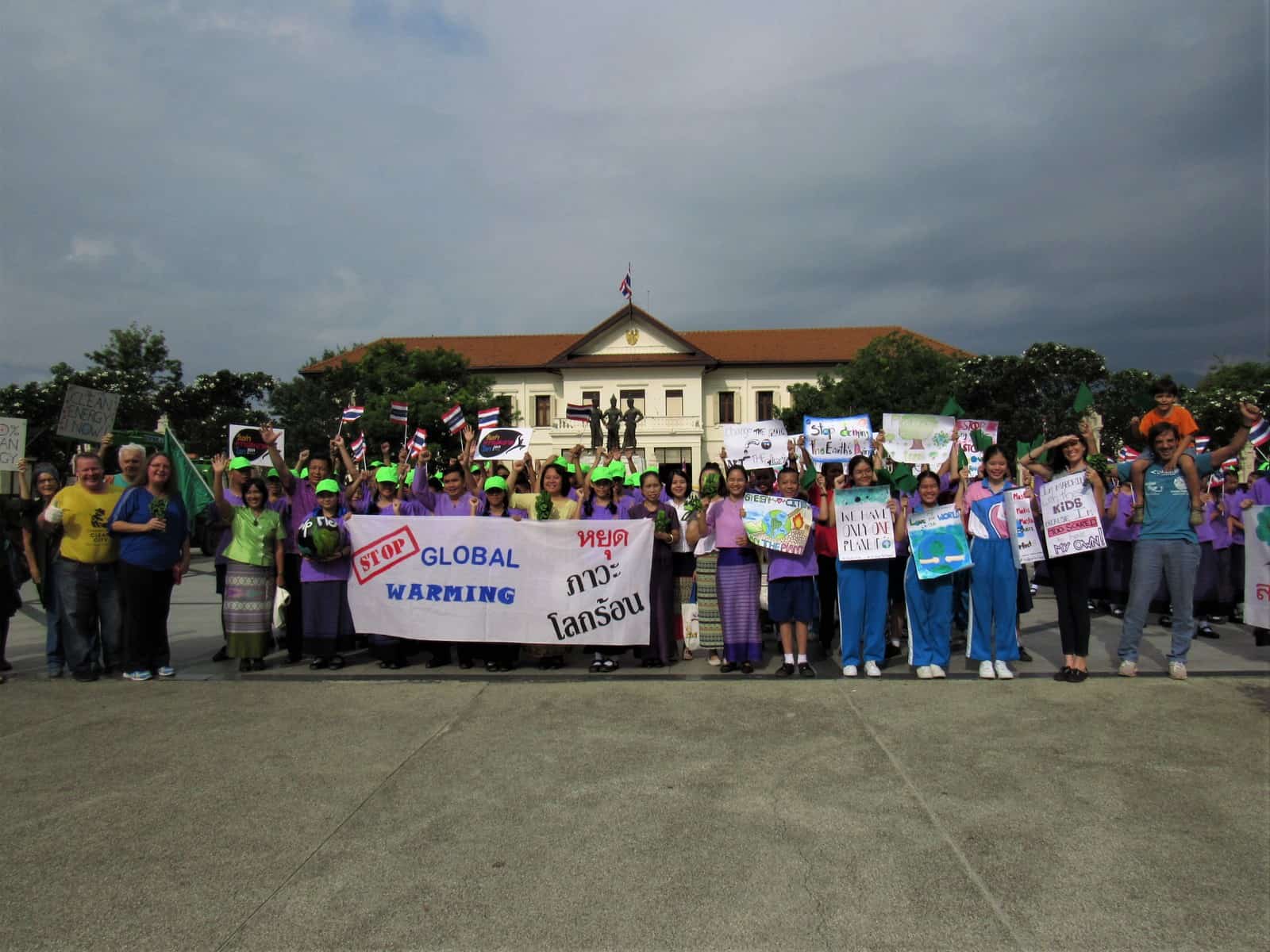When things look bleakest, it is important to remember the victories.
It can be discouraging to look back at the major protest movements of the past few years. Occupy Wall Street, Black Lives Matter, Fight For 15, Standing Rock, and now the Women’s March took over public consciousness, but Wall Street is as involved in politics as ever, the Keystone and Dakota Access pipelines have been greenlighted, and 144 people have already been killed by cops this year.
Even if you don’t buy into the “liberal snowflake tantrum” narrative, it’s easy to think that public demonstrations just don’t do anything anymore. The MLK days are in the past, and there’s a thousand things to for protests’ supposed lack of efficacy: social media culture, militarized police, corrupt government, a society brainwashed by the entertainment industry… they all seem like pretty overwhelming obstacles to movements.
But what if we used different measurements for successful protest? Is immediate, sweeping political reform the only bar? Of course it’s the goal. But smaller victories are successes as well, especially when they happen in parallel across social and legislative as well as political layers.
Occupy Wall Street, Black Lives Matter, Fight for 15, and Standing Rock were all derided at some point as being useless tantrums or riots thrown by thugs or bums or entitled Millennials. But they have been been successful protests in many different ways—yes, including politically and legally. Despite similar criticism, the Women’s March is shaping up to be next. Here’s some of the amazing things these 5 movements have accomplished in the last 6 years.
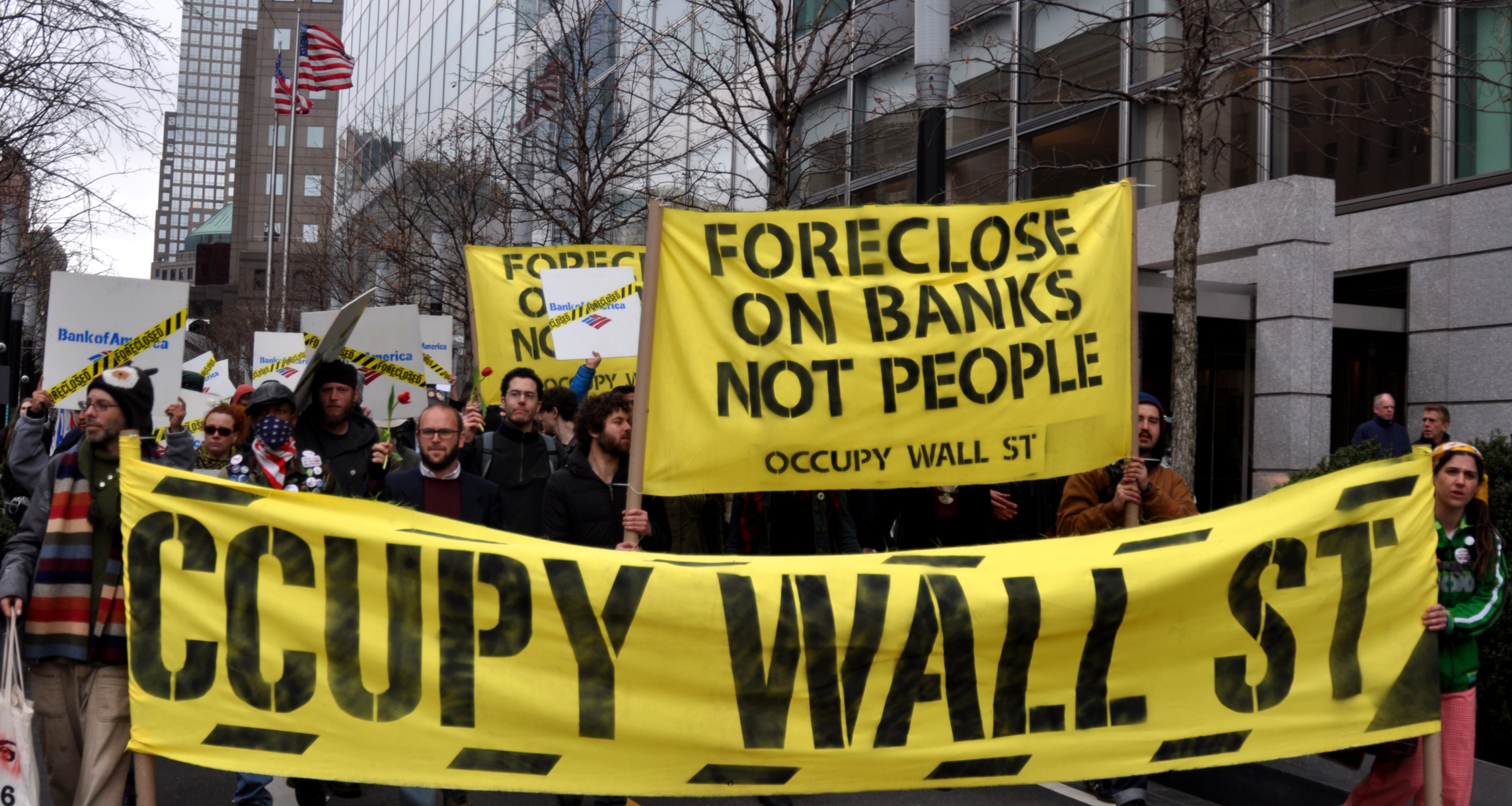
Image by Michael Fleshman
Occupy Wall Street
Objectives
The Occupy Wall Street movement stood against economic inequality (more specifically, that 1% of the world’s elite hold 99% of the wealth), corruption and money in politics, and the unregulated banking industry that caused the housing crisis.
Strategies
Though it is typically said to have started in New York, the first Occupy protest was in Kuala Lampur, and the Wall Street occupation was conceived of in part by activists from Spain and Canada. So by the time people were setting up shop in Zuccatti Park, the OWS already had global momentum and roots in at least four countries.
This global movement aimed to be completely decentralized with heavy basis in anarchic theory. No leaders were identified, decisions were made by direct democracy at general assemblies. Crucially, OWS refused to issue specific demands. This decision was heavily criticized, but it keeps with the anarchic roots of the protest. Demands, by definition, appeal to and legitimize the power of the authorities. Direct action acts as though that authority doesn’t exist, by making illegal salt (as Gandhi did in 1960s India) or by occupying a park, city, or town hall.
A Successful Protest
Occupy Wall Street is the “original failed protest” movement largely because most of our financial laws have remained unchanged. But OWS was a successful protest in at least two major ways. It fundamentally changed the national language for political discourse. It also splintered into a variety of individually-focused direct action causes of varying success. Some of these tackle student debt, while others built houses for the homeless.
1. OWS changed the national language for political discourse.
A month after the protests began, Obama signed an executive order to speed up a 2010 law reducing the maximum payment required of student borrowers and the time after which the remaining loans would be forgiven. Two years later, he referred to income inequality as “the defining challenge of our time.”
Candidates now include the “income gap” in their platforms and use the language of the 99% to discuss it. Before the OWS era, if politicians even acknowledged income inequality, it was referred to as a “middle class” or “education” issue. We saw Bernie Sanders catapulted into popularity by focusing almost exclusively on the income gap, regularly invoking the language of the 99%.
Hillary Clinton eventually got on the bandwagon too, quoting Sanders in her 2016 Democratic nomination speech that ”more than 90 percent of the gains have gone to the top 1 percent.” This quote is especially remarkable because by the time she borrowed it from Sanders, it was no longer true, and the figure was closer to 52% than 90%.
Clinton’s willingness to parrot a popular 99%/1% paradigm shows a change in the larger political narrative. It’s not just Democrats, either: Jeb Bush, Marco Rubio, and Ted Cruz all had something to say about income inequality this cycle. Bush acknowledged that “the income gap is real,” Rubio proposed turning the earned-income tax credit into a subsidy for low wage earners to combat inequality, and Cruz admitted that “the top 1% earn a higher share of our income nationally than any year since 1928.”
The language of the 99% has infiltrated politics on both sides, and that is invaluable.
2. Occupy offshoot movements have gone on to make direct-action differences
OWS offshoot movements like Strike Debt and Rolling Jubilee are buying defaulted debt back for pennies on the dollar and forgiving it. Rolling Jubilee claims to have relieved $31,982,455.76 of debt since 2012 using a fraction of that amount in donations.
Occupy Madison Inc, a nonprofit organization, launched the Tiny House Movement which builds villages of houses in Madison for the homeless. Occupy Homes has launched hundreds of campaigns to prevent the foreclosure of people’s homes, especially in the wake of the 2008 housing crisis.
Occupy the SEC is a group of lawyers, financial professionals, and activists that is concerned with the regulation of financial institutions. They have done a lot of legal and legislative legwork in contributing to the debate on banking regulations, regularly submitting briefs and comment letters to the courts regarding regulatory matters where the public interest might need to be represented.
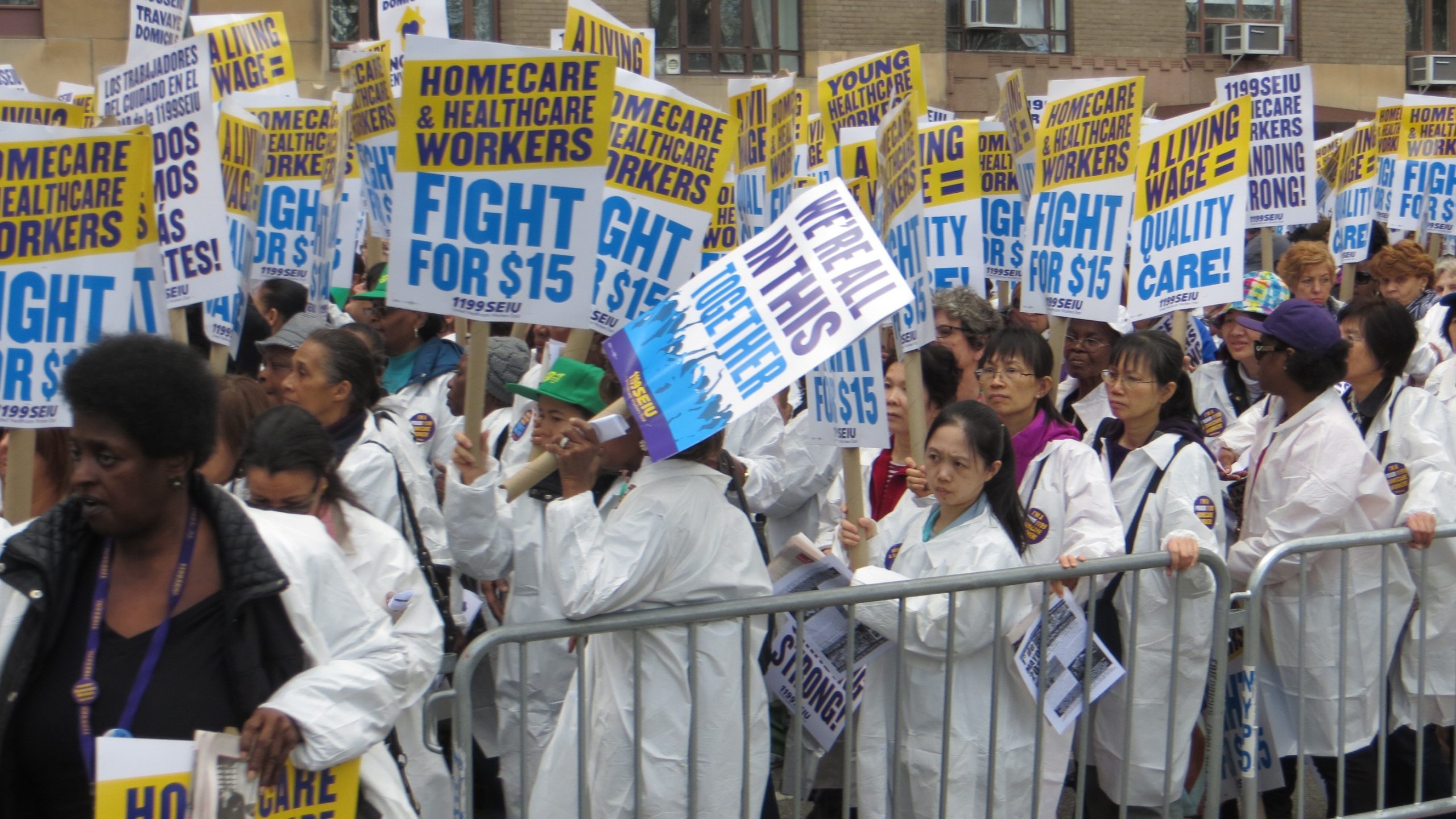
Image by Barry Solow
Objectives
Initially, the movement wanted a $15 minimum wage for fast food workers. As it gained support, the target broadened to a $15 federal minimum wage.
Strategies
The Fight For 15 was a successful series of labor strikes between 2012 and 2014. It started with over 100 fast food workers walking off their jobs in New York City—the largest strike in fast food industry history—and snowballed into 200 NYC workers four month later. By September of the following year the effort had incorporated home care workers from 150 cities.
On December 4, 2014, thousands of fast food workers, caregivers, airport workers, and employees at convenience stores in 190 U.S. cities engaged in strikes and protests that were joined by organizers from Black Lives Matter. Protest chants included “15 and a union” as well as “hands up don’t shoot” and “I can’t breathe.” When tens of thousands of workers in 200 cities protested on April 2015, it marked the largest low-wage worker protest in US history.
The movement saw international support in over 40 countries, and was community-organized rather than union-backed.
A Successful Protest
Just two months after the April 2015 protest, and after five months of negotiation, 35,000 personal care workers in Massachusetts won a $15-an-hour starting wage, starting July 2018. The same month, a New York State panel recommended establishing a $15 minimum wage for the state’s fast food workers, to be phased in by 2018 in New York City and by 2021 in the rest of the state. Los Angeles approved a $15 minimum wage, phased in by 2020, and the University of California adopted a $15 base pay for its workers and contractors.
According to the National Employment Law Project, 2017 saw a minimum wage hike in 19 states and 23 cities and counties. Though some of these were small adjustments, others saw huge increases. Arizona’s minimum wage went up nearly $2 an hour to $10. Maine’s minimum wage went from $7.50 to $9, and Washington and Massachusetts both have $11 minimum wages. Six states now have minimum wages of $10 an hour or more. And some cities did even better. Seattle set its minimum wage to $15 an hour for some employers. Sunnyvale and Mountain View California have $13 minimum wages.
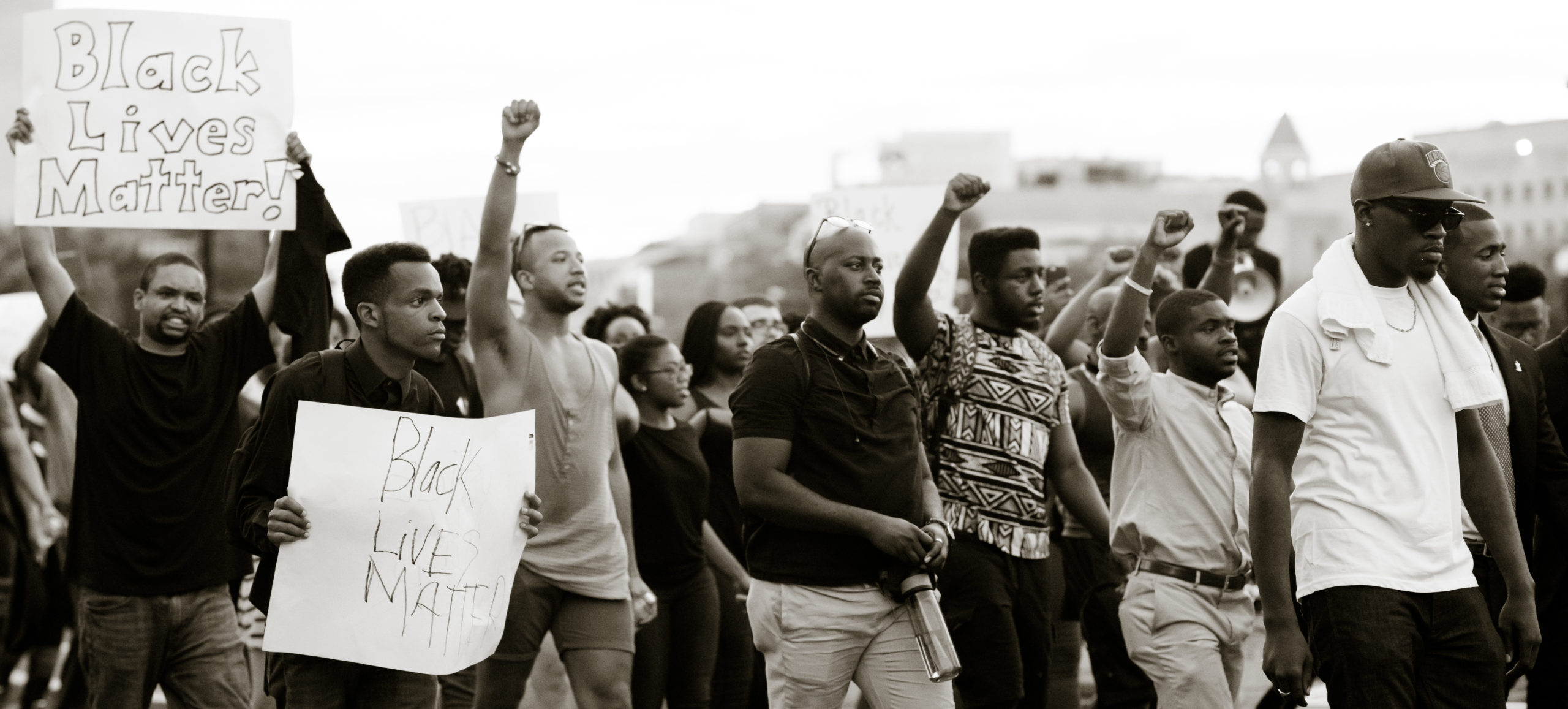
Image by Victoria Pickering
Black Lives Matter
Objectives
Black Lives Matter has sought to reduce police brutality incidents and increase police accountability. Campaign Zero, BLM’s policy platform, details specific proposals for police reform which range from using body cameras and retraining police to implementing police behavior investigation and review boards independent from police departments.
Strategies
Every movement of our generation has used social media, but Black Lives Matter was built from it. BLM started as a hashtag in 2013 used by founders Alicia Garza, Patrisse Cullors, and Opal Tometi in the wake of Trayvon Martin’s death. When the three women headed to the protests that erupted following the shooting of Michael Brown, the slogan was already on banners and signs.
Black Lives Matter is an organization without a centralized structure. The group has over 30 official statewide and international chapters who have organized hundreds of protest marches and die-ins in hundreds of cities. Protests often concentrate around individual killings, but are all linked under the unifying banner of BLM.
Police have been killing black men forever, but now the killing of a Chicago kid can be linked ideologically to the killing of a Texas woman. With the hashtag, two separate tragic events can be united as part of a larger narrative. And the apologists who insist that a victim “might have been armed” or “we can’t know what happened” are now forced to see the problem firsthand.
A Successful Protest
Political Victories
In Illinois and Ohio, Democratic Kim Foxx and Michael O’Malley won victories over sitting prosecutors Anita Alvarez and Timothy McGinty, who had been strongly criticized for their handling of the police shootings of Laquan McDonald and Tamir Rice. Foxx had promised to repair Chicago’s “broken criminal justice system.”
Legislative Victories
In terms of oversight and accountability, there have been several victories. To prevent offenses, 43 of the 68 “major” cities in the United States now use body cameras. Laws have been passed in California, Montana and New Mexico to restrict the confiscation of property from suspected criminals. Cleveland has agreed to train all officers to reduce racial bias, and in Omaha, Kansas City, and Tulsa, police forces are actively seeking recruits to match the demographics of the communities they serve.
Police militarization has been reformed or limited by law in Montana, New Jersey, and Utah. President Obama himself banned police departments from obtaining certain military equipment.
Wisconsin and Connecticut both require police killings to be independently investigated by separate departments. According to the National Association for Civilian Oversight of Law Enforcement, by 2015, over 120 communities nationwide had some form of civilian review board.
Judicial Victories
There has been an upswing in the charges and indictments of crimes committed by police officers. More cops were charged with murder or manslaughter in the year 2015 than any other in the past decade. BLM helped pressure the federal government to investigate the police in Ferguson and Baltimore after the deaths of Michael Brown and Freddie Gray. Charges were filed in Baltimore, though eventually cleared.
Social Successes
Like OWS, BLM forced 2016 Democratic candidates to come forward with policy proposals about specifically black American issues. The first Democratic debate, for instance, asked candidates, “do black lives matter or do all lives matter?”
Campaigns related to BLM have emerged nationwide to fight and document police brutality, like the Black Youth Project 100 and Mapping Police Violence.
Then there’s Beyoncé, whose video album Lemonade features the mothers of Michael Brown, Trayvon Martin, and Eric Garner holding pictures of their deceased sons, who rose to posthumous celebrity largely because of Black Lives Matter activism. That kind of visibility, at the highest levels of celebrity pop culture, can be powerful.
BLM has used its influence to turn police shootings, once so routine, into front-page news. People routinely record interactions with police. It has become impossible for citizens and politicians to ignore the problem of police violence.
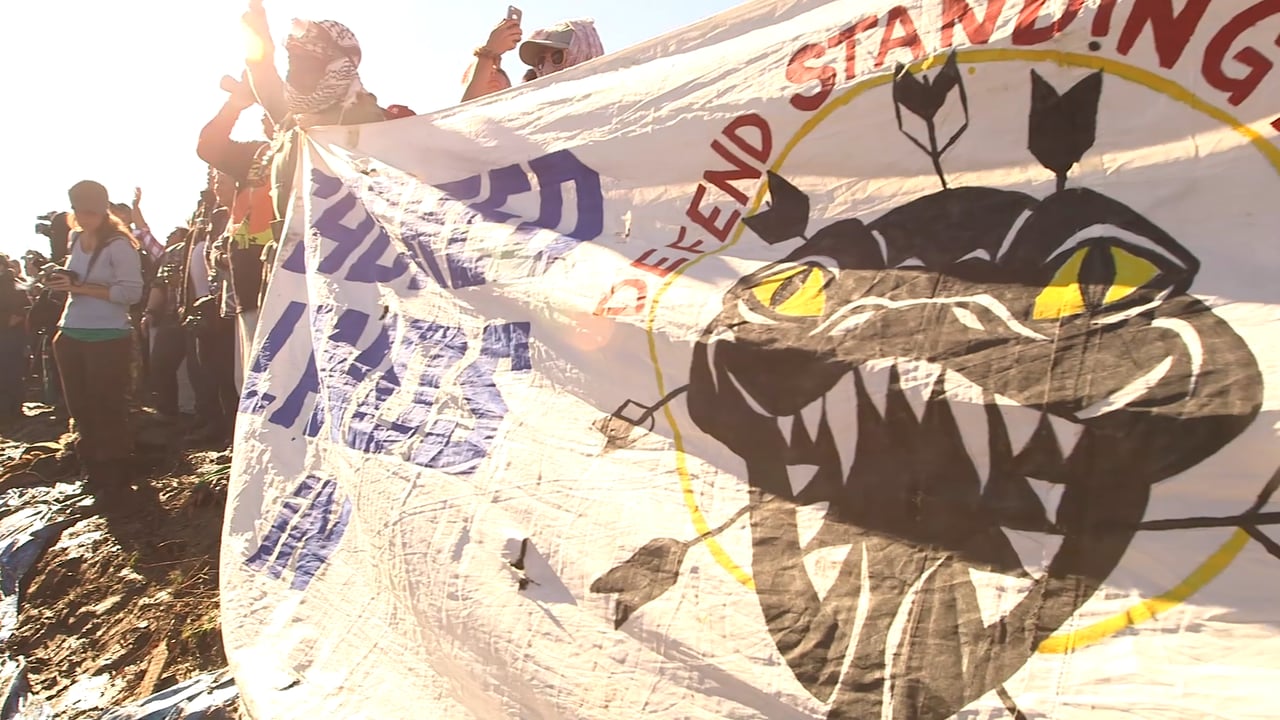
Standing Rock
Objectives
Stop the Dakota Access pipeline from running near tribal land and threatening a water source.
The Dakota Access pipeline was rerouted to its currently-disputed location from its original position in a mostly-white district. The U.S. Army Corps of Engineers rejected the original location, citing a threat to drinking water in the area. Standing Rock wanted to protect the Missouri River, used for clean water by thousands of native and nonnative people, from pollution for the use of future generations.
Strategies
At Standing Rock, like at OWS, nonviolence was an extremely strict mandate, especially among the native protestors. Protest had to be in the form of “peace and prayer”, even going so far as to bring food and winter supplies to the County Sheriff’s Department.
Unlike OWS, Standing Rock had one simple and clear demand. And unlike OWS, Standing Rock’s origins were extremely localized, beginning with petitions filed with Iowa’s governor. It took nearly two years for the first on-site protests, a handful of native camps, to grow into a movement representing close to 300 Native American tribes as well as thousands of activists and veterans.
The world really started paying attention when images and videos of police violence emerged, and ome protestors who had been arrested complained of harsh or illegal treatment including strip searches. Arrest warrants were issued for journalists and politicians. The ACLU spoke out, and Amnesty International sent a delegation of human rights observers to Standing Rock and condemned the use of militarized force against the protesters in a press release.
David Archambault II, the tribal Chairman of the Standing Rock Indian Reservation, petitioned the UN Human Rights Council, and on November 5th, Harald Serck-Hanssen, group executive vice president of Norway’s biggest bank (DNB), announced that he was considering withdrawing the $342 million invested in the project if indigenous rights were not met.
November, hundreds of cities held protests Day of Action. Several members of the U.S. Senate and House of Representatives weighed in on the protests.
A Successful Protest:
On Dec. 4, 2016, the Department of the Army announced its decision to block a permit for the Dakota Access Pipeline route. President Donald Trump has since reversed that decision by executive order, marking a new challenge, but Standing Rock was a successful protest under its original administration.
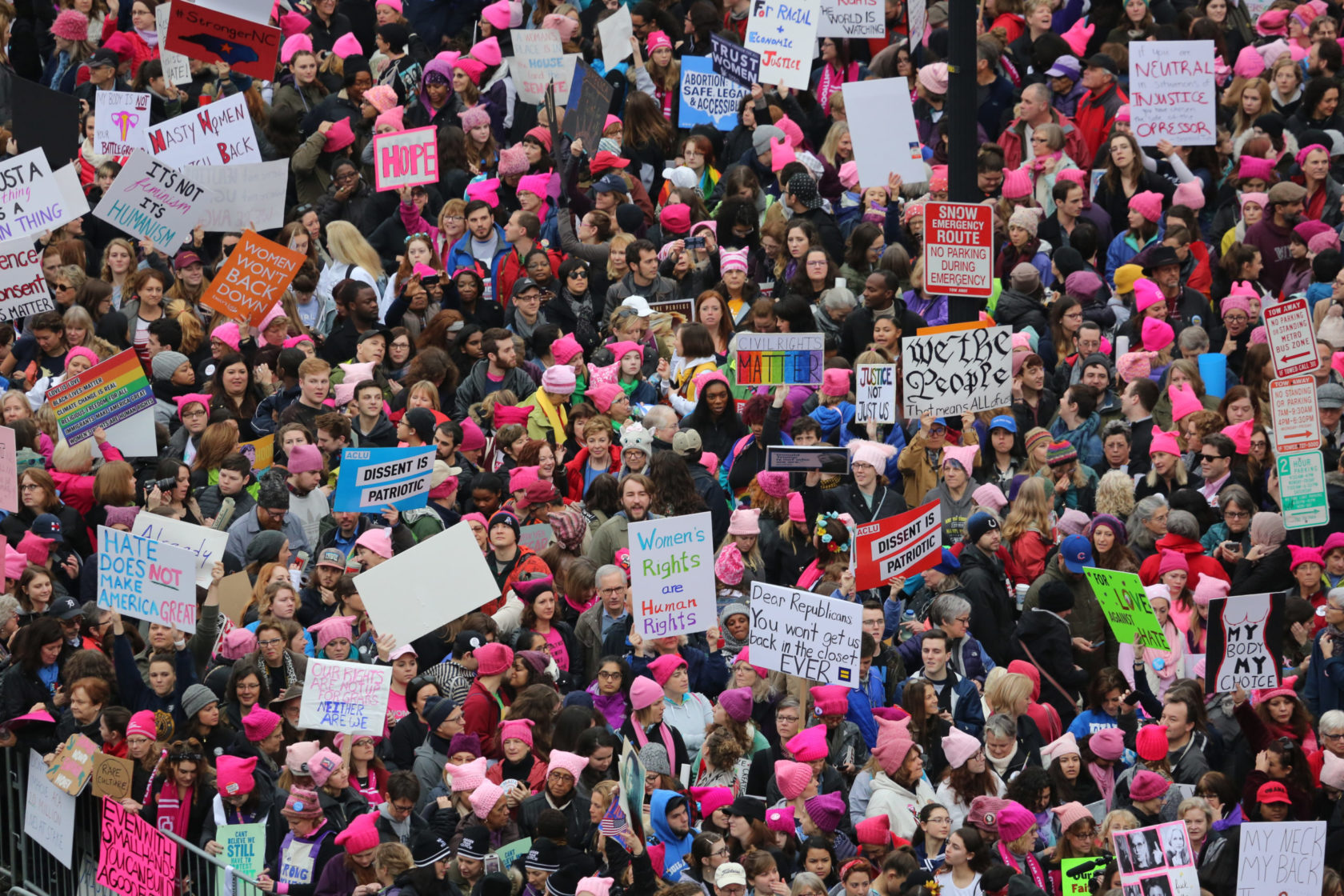
The Women’s March
And now after all these protests, with varying degrees of success in various places, the Women’s March is under fire by conservatives and liberals alike for not actually doing anything, for its too-broad grievances. For all of its unity in numbers, critics deride its lack of unity in message and warn that “protesting in the street” doesn’t get things done, especially when you don’t have a singular focus. But that very diversity could likely be what will turn the Women’s March into a successful protest—perhaps more so than its predecessors.
Objectives
The organizers of the Women’s March published a list of “Principles.” These include reproductive and equal-pay rights for women; LGBTQAI rights; an end to police brutality; workers protections and a living minimum wage; indigenous, immigrant, and refugee protections; and environmental protections.
The march was meant to be a “bold message to our new government” that “we stand together in solidarity” to protect “our rights, our safety, our health, and our families” and to proclaim “that women’s rights are human rights.”
Strategies
An estimated 4 or 5 million people marched in at least 82 countries worldwide, including more than 500,000 in Washington D.C. The D.C. march was developed by an extremely diverse group of contributors, including Alicia Garza, with impressive civil rights records. Organizations like Planned Parenthood, the ACLU, and the Sierra Club all got on board. Celebrities and academics spoke at the event.
Though the march mobilized reactions to Trump’s inauguration day, organizers explicitly refused to label it a protest against Trump. In doing so, they leveraged peoples’ anger and frustration without alienating those with different political opinions. The promotion of the event was optimistic, inclusive, and focused. They organized buses all over the country and used donations to provide financial assistance for people who couldn’t afford a seat on one. They offered detailed information for people with disabilities and for families with children.
The now-iconic pussy hats helped bring it all together were the tie binding organizers, marchers, and supporters across the country. You could make one, buy one, or bring one. People could participate even if they couldn’t physically come by making and donating hats to the event using patterns provided by the March’s website.
A Successful Protest?
After the march on D.C., The Women’s March is moving forwards with the “10 actions for 100 days” campaign. The first action was to write a postcard to your Senators detailing issues you care about and how you intend to fight for them. “Huddles” are the second action, informal community meetings meant to foster grassroots organization at local levels. The huddles are encouraged to be “positive, inclusive, action-oriented and grounded in the tradition of nonviolent resistance”, and will hopefully develop into local chapter meetings to coordinate national or local action.
I had to edit out a dozen more examples of success for the sake of space. Don’t be so quick to think that just because the ground didn’t break the effort is lost. Sometimes change happens in a glorious instant; more often it is chipped away at for years, and from many angles.
With momentum and persistence the Women’s March could unfold into the next big movement of our generation. We need to watch for opportunities and victories everywhere. The road ahead is long but we have already been fighting it for years. Let’s do away with useless and outdated efforts, but keep and celebrate our successes.
Coming Soon: What we’ve learned from these protests, and how to move forwards stronger.

